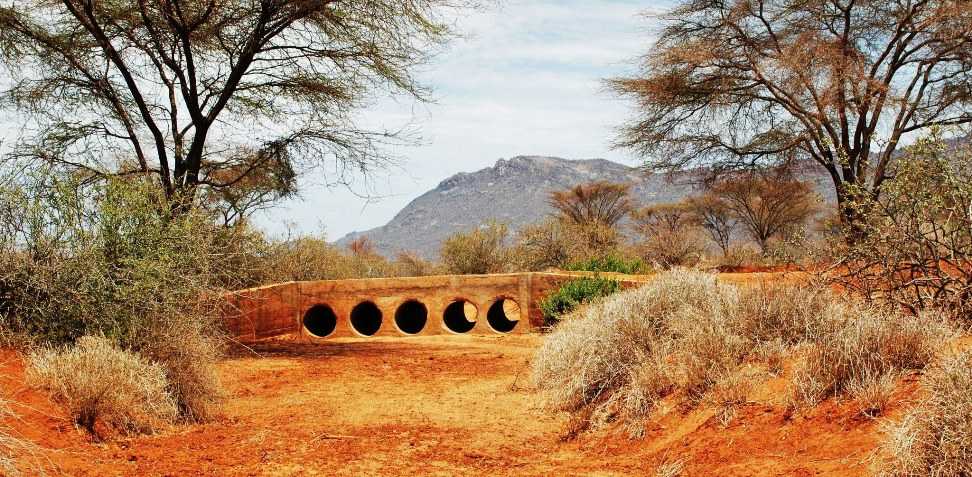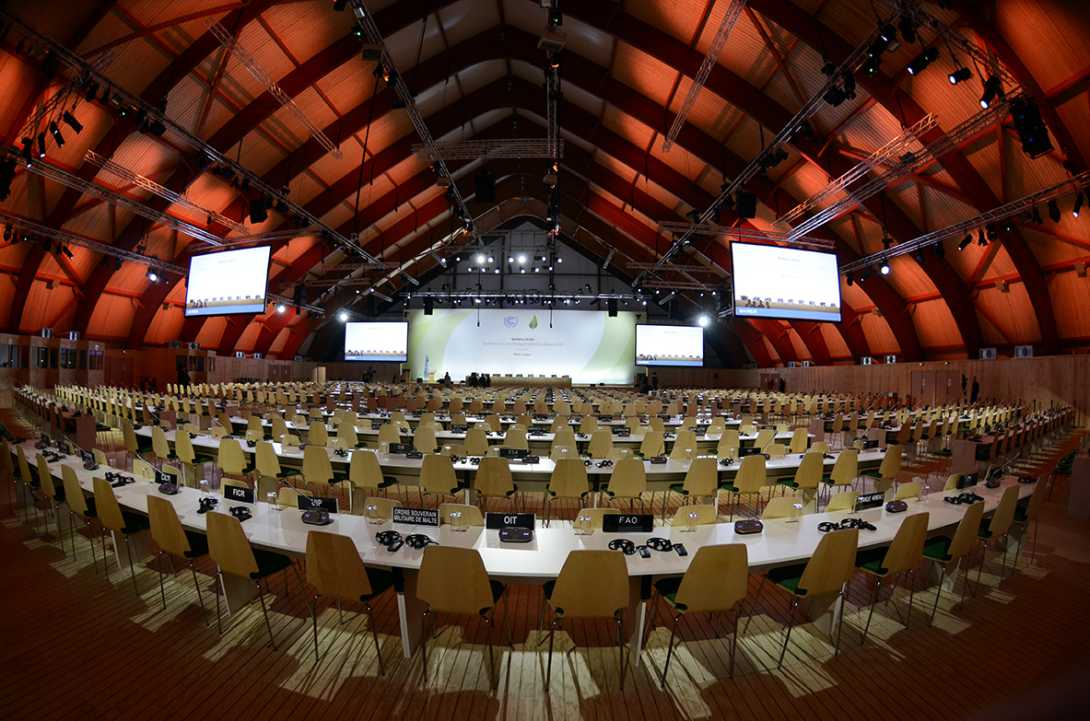
The 22nd session of the Conference of the Parties (COP 22) to UNFCCC is expected to take place in Marrakech, Morocco, 7-18 November 2016.
In preparation for the 44th session of the Subsidiary Body for Implementation (SBI), the UNFCCC Secretariat has published a note (FCCC/SBI/2016/2) containing an organizational scenario and possible elements for the provisional agendas of the 22nd session of the Conference of the Parties to the UNFCCC and the 12th session of the Conference of the Parties serving as the Meeting of the Parties to the Kyoto Protocol (CMP 12).







